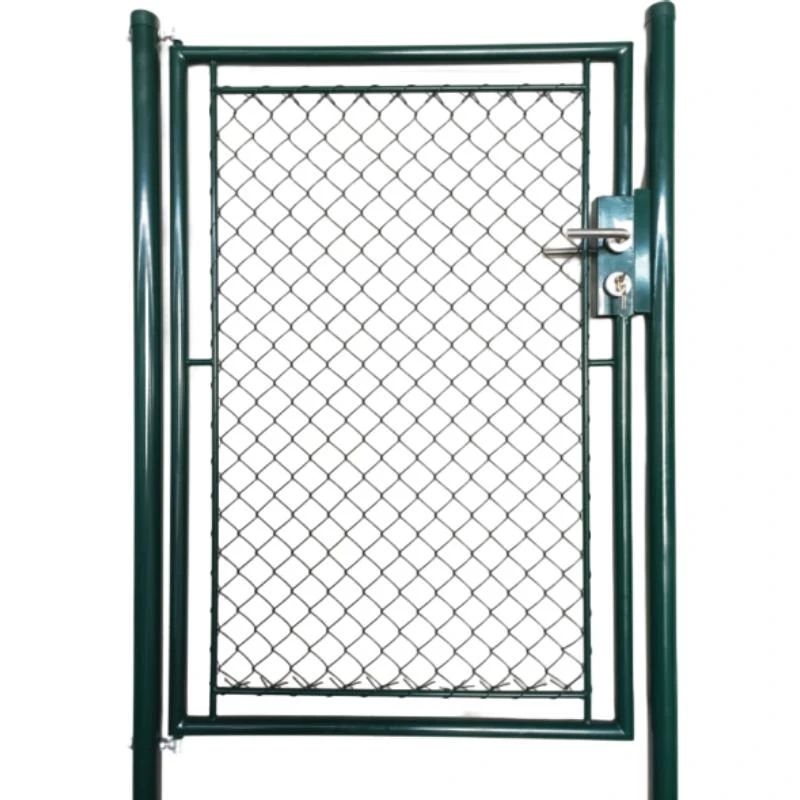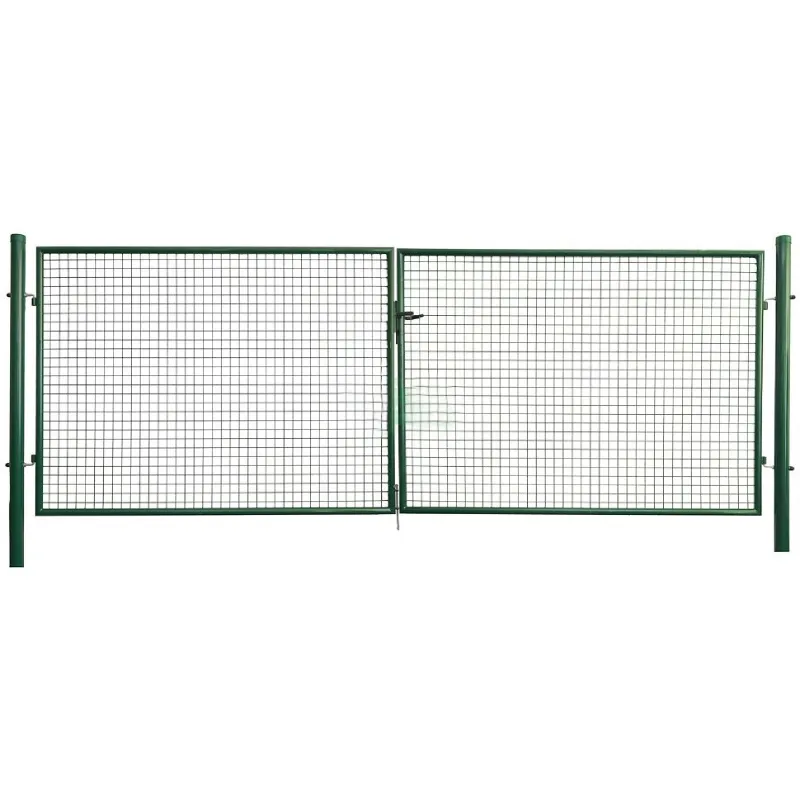-
E-mail:zhao@hyliec.cn
-
Tél :+86 311 85273988
-
WhatsAPP :8613931128750
-
 africain
africain -
 albanais
albanais -
 Amharique
Amharique -
 arabe
arabe -
 arménien
arménien -
 azerbaïdjanais
azerbaïdjanais -
 Basque
Basque -
 Biélorusse
Biélorusse -
 bengali
bengali -
 bosniaque
bosniaque -
 bulgare
bulgare -
 catalan
catalan -
 Cebuano
Cebuano -
 Corse
Corse -
 croate
croate -
 tchèque
tchèque -
 danois
danois -
 Néerlandais
Néerlandais -
 Anglais
Anglais -
 espéranto
espéranto -
 estonien
estonien -
 finlandais
finlandais -
 Français
Français -
 frison
frison -
 Galicien
Galicien -
 géorgien
géorgien -
 Allemand
Allemand -
 grec
grec -
 Gujarati
Gujarati -
 Créole haïtien
Créole haïtien -
 haoussa
haoussa -
 hawaïen
hawaïen -
 hébreu
hébreu -
 Non
Non -
 Miao
Miao -
 hongrois
hongrois -
 islandais
islandais -
 igbo
igbo -
 indonésien
indonésien -
 irlandais
irlandais -
 italien
italien -
 Japonais
Japonais -
 Javanais
Javanais -
 Kannada
Kannada -
 kazakh
kazakh -
 Khmer
Khmer -
 Rwandais
Rwandais -
 coréen
coréen -
 kurde
kurde -
 Kirghize
Kirghize -
 tuberculose
tuberculose -
 Latin
Latin -
 letton
letton -
 lituanien
lituanien -
 luxembourgeois
luxembourgeois -
 Macédonien
Macédonien -
 Malgashi
Malgashi -
 malais
malais -
 Malayalam
Malayalam -
 maltais
maltais -
 Maori
Maori -
 Marathi
Marathi -
 mongol
mongol -
 Birmanie
Birmanie -
 Népalais
Népalais -
 norvégien
norvégien -
 norvégien
norvégien -
 Occitan
Occitan -
 pachtou
pachtou -
 persan
persan -
 polonais
polonais -
 Portugais
Portugais -
 Pendjabi
Pendjabi -
 roumain
roumain -
 russe
russe -
 Samoan
Samoan -
 Gaélique écossais
Gaélique écossais -
 serbe
serbe -
 Anglais
Anglais -
 Shona
Shona -
 Sindhi
Sindhi -
 Cinghalais
Cinghalais -
 slovaque
slovaque -
 slovène
slovène -
 somali
somali -
 Espagnol
Espagnol -
 Soundanais
Soundanais -
 Swahili
Swahili -
 suédois
suédois -
 Tagalog
Tagalog -
 Tadjik
Tadjik -
 Tamil
Tamil -
 tatar
tatar -
 Télougou
Télougou -
 thaïlandais
thaïlandais -
 turc
turc -
 Turkmènes
Turkmènes -
 ukrainien
ukrainien -
 Ourdou
Ourdou -
 Ouïghour
Ouïghour -
 Ouzbek
Ouzbek -
 vietnamien
vietnamien -
 gallois
gallois -
 Aide
Aide -
 yiddish
yiddish -
 Yorouba
Yorouba -
 zoulou
zoulou
Portails de jardin
Cheap Garden Gates For Sale
You can find cheap garden gates for sale at various home improvement stores, online retailers, and local hardware shops. Consider looking for sales, clearance items, or second-hand options to find affordable garden gates that meet your needs. Additionally, exploring different types and sizes can help you find cost-effective solutions for your garden gate. Be sure to compare prices, quality, and reviews to make an informed decision.
Garden Gate Construction
1. Planning: Determine the location and dimensions of the gate, considering the width of the pathway or opening. Decide on the type of gate, such as a single or double gate, and the materials to be used.
2. Materials: Select the appropriate types and sizes for the gate, such as round tube gates or square tube gates, single wing gates or double wings gates, ensure to meet requirements of maximum.
3. Frame assembly: Construct the frame of the gate using the chosen types and sizes . This may involve cutting and assembling the frame pieces, ensuring that they are square and level.
4. Adding infill: Depending on the design, add infill materials such as pickets, panels, or mesh to the gate frame. Secure the infill materials to the frame using appropriate fasteners.
5. Hardware installation: Install hinges, latches, and any additional hardware required for the gate to function properly. Ensure that the hardware is durable and suitable for outdoor use.
6. Finishing touches: Sand the gate to smooth any rough edges and apply a protective finish or paint to enhance its durability and appearance.
7. Installation: Once the gate is constructed, install it in the desired location, ensuring that it swings freely and latches securely.
It's important to follow any local building codes or regulations when constructing a garden gate, especially if it will be used as a boundary or security feature. If you're unsure about the construction process, consider consulting with a professional or seeking guidance from experienced individuals.





